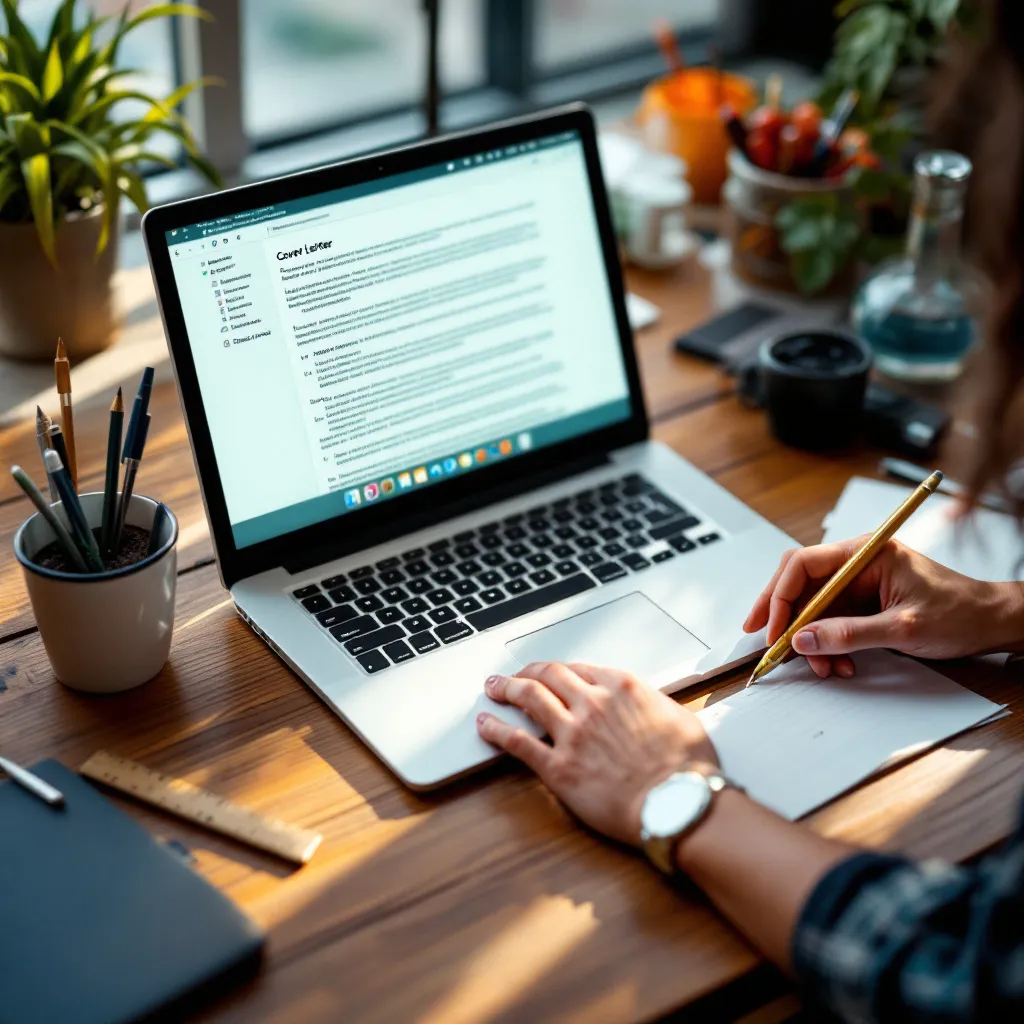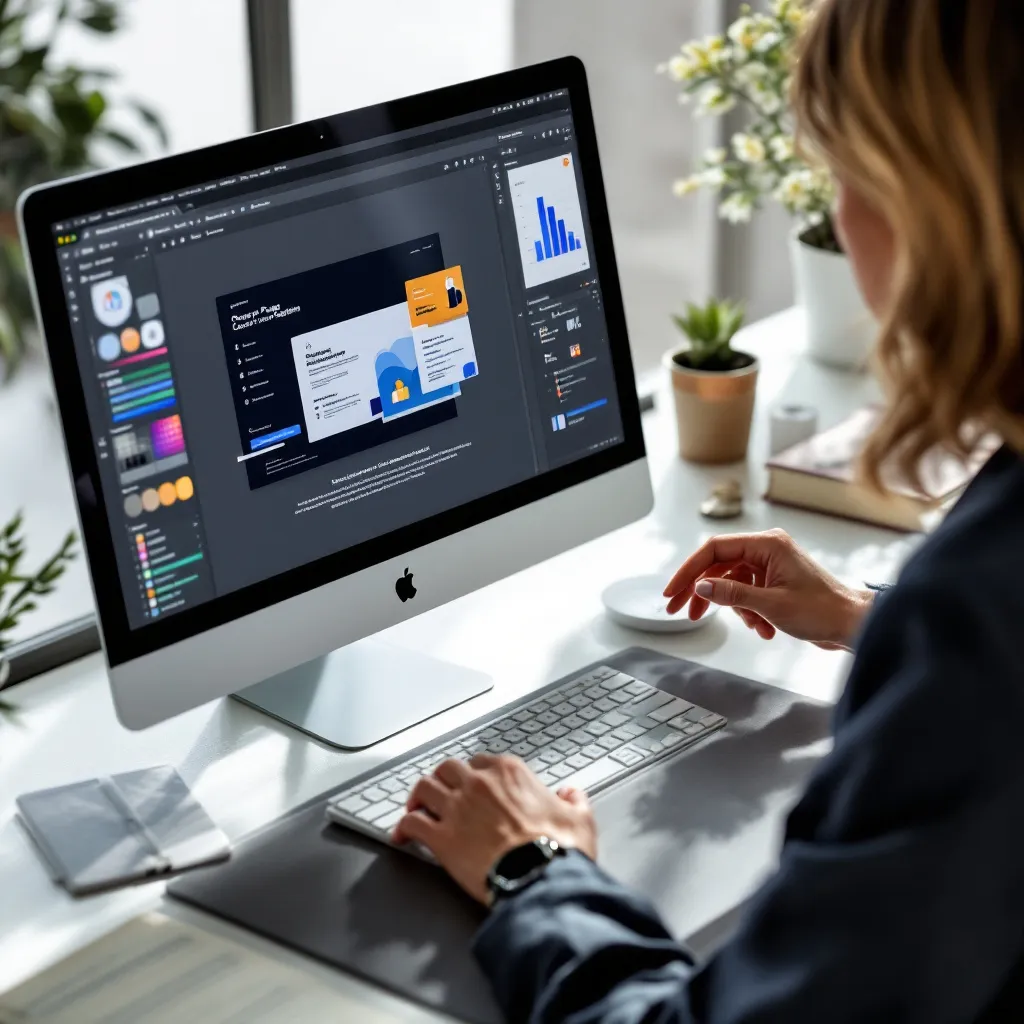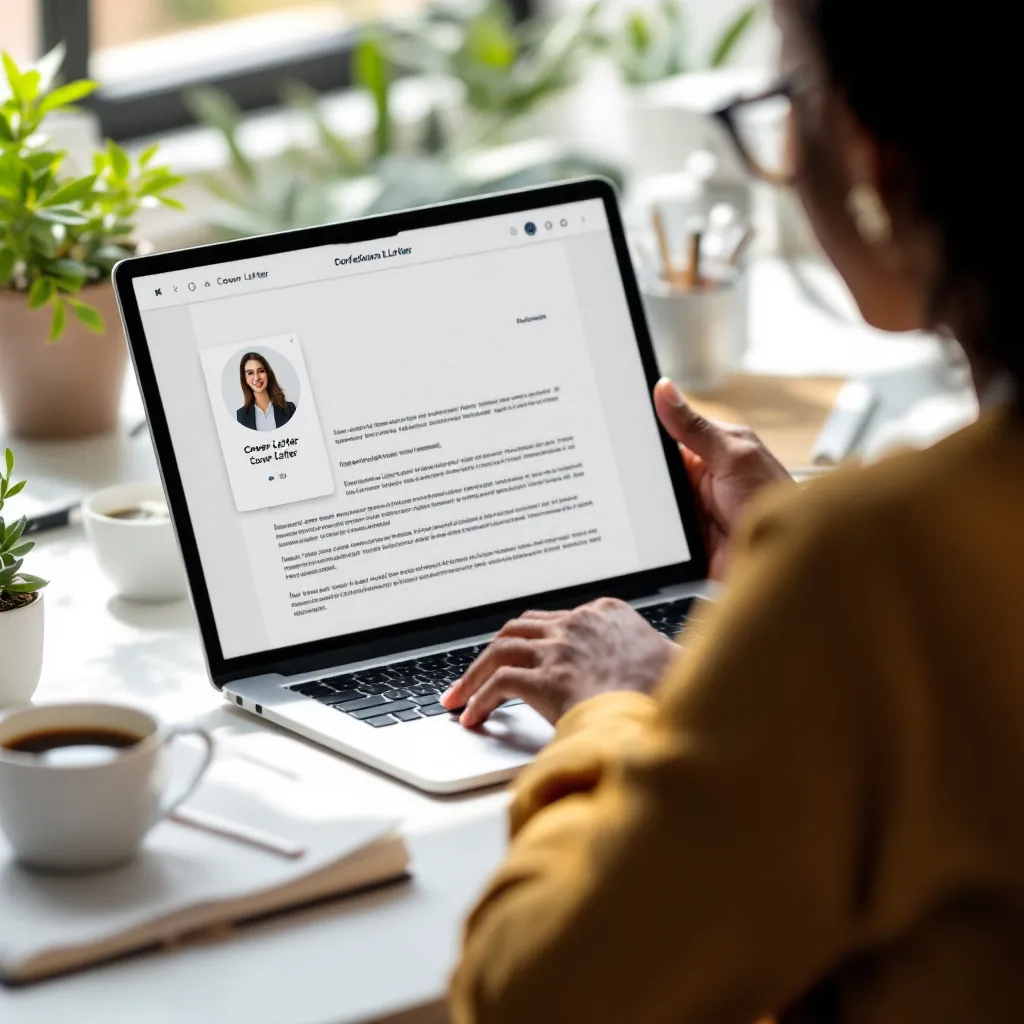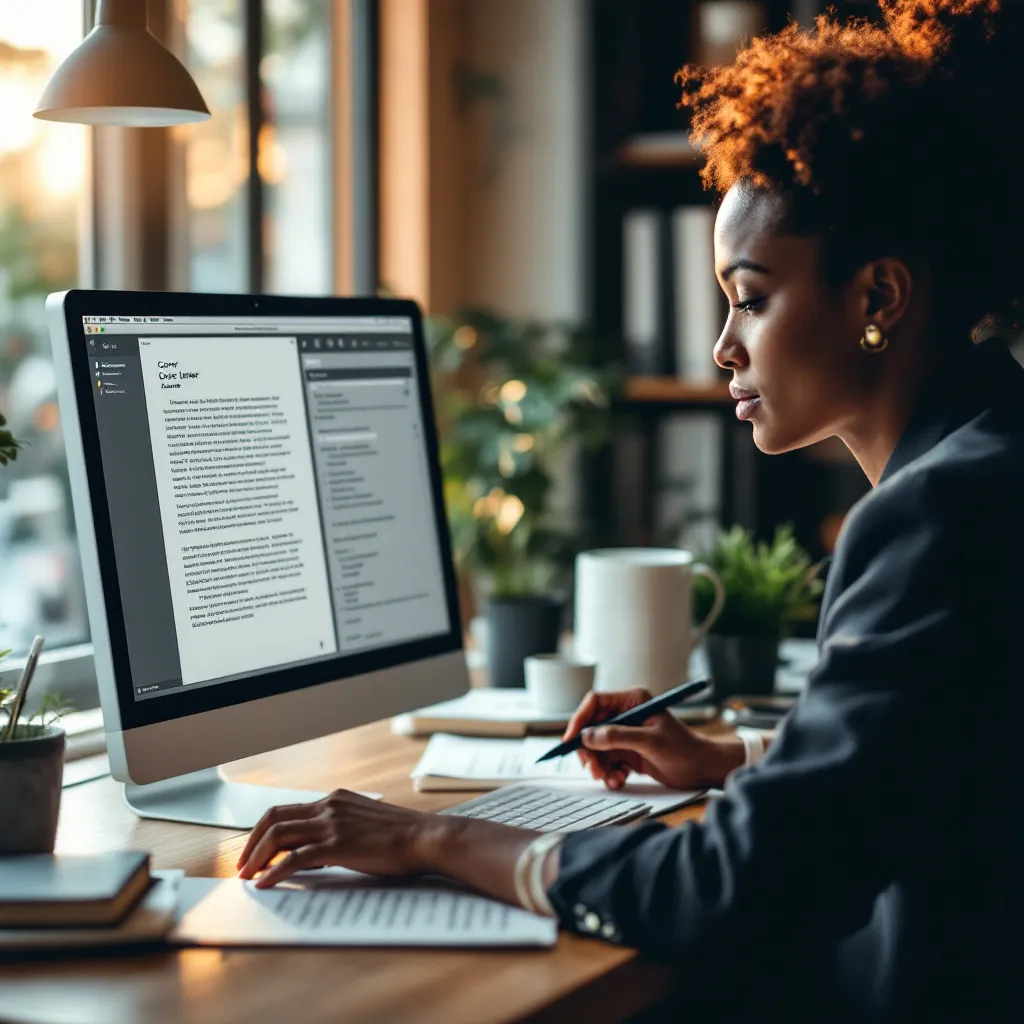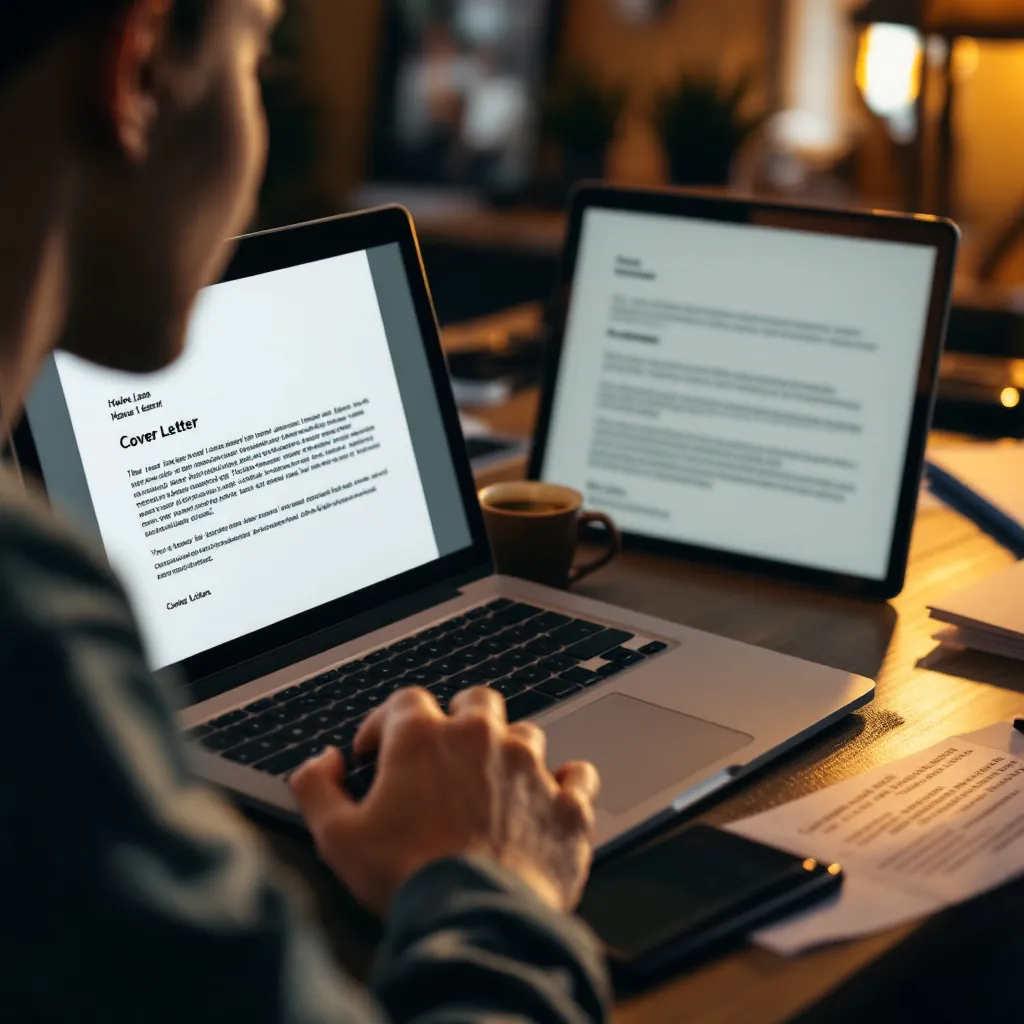The one-page cover letter has long been considered the gold standard in job applications. But is this rule still relevant in today’s digital job market? Let’s explore the facts behind this common question and provide clear guidelines to help you create the perfect cover letter length for your specific situation.
The One-Page Cover Letter Standard: Fact or Fiction?
The traditional one-page rule isn’t just arbitrary advice—it’s backed by real data. MyPerfectResume’s 2024 analysis of 540,000 letters found the median length of successful cover letters is just 224 words. This brevity makes sense when you consider that hiring managers typically spend only 6-8 seconds scanning applications, according to Indeed’s 2025 guide.
While the one-page guideline remains the standard across most industries in the United States, there are legitimate exceptions. Federal positions, academic roles, and executive-level applications sometimes warrant more detailed narratives. Conversely, tech startups might prefer even shorter, bullet-point formats that get straight to the point.
The verdict? One page is generally recommended for most situations, but context matters significantly.
Factors That Influence Ideal Cover Letter Length
Several key factors determine the appropriate length for your cover letter:
Industry-Specific Considerations
Different sectors have distinct expectations:
- Tech and startups: Keep it lean at 150-250 words with emphasis on quantifiable achievements
- Healthcare and government: Up to 500 words may be acceptable to address regulatory compliance or detailed project experience
- Corporate/traditional sectors: Strict adherence to one page with formal language
- Creative industries: Some flexibility in format but still valuing conciseness
Career Stage Implications
Your professional level impacts appropriate length:
- Entry-level: Strictly one page, focusing on education, internships, and transferable skills
- Mid-career: One page ideal, highlighting most relevant achievements
- Executive roles: May justify up to 1.5 pages to showcase leadership impact stories
- Career transitions: One page focusing on transferable skills and relevant experience
Regional differences also play a role—Texas energy sector employers often value technical specificity, while Midwest manufacturing roles prioritize brevity. Additionally, Pew Research’s 2023 study shows that Black and Hispanic applicants often include cultural competency narratives but must balance depth with brevity.
The Consequences of Ignoring Length Guidelines
Exceeding recommended cover letter length can have serious implications:
-
ATS rejection: Cover letters exceeding 400 words risk truncation in applicant tracking systems according to Grammarly’s 2024 analysis.
-
Perceived lack of focus: A 2025 survey by MyPerfectResume found 68% of hiring managers discard two-page letters unless explicitly requested.
-
Impression of poor communication skills: Verbose cover letters suggest an inability to communicate concisely—a red flag for most employers.
-
Decreased readability: The longer your letter, the less likely key points will be noticed during that crucial 6-8 second scan.
When creating your application materials, consider using an ai letter writer free tool to help streamline your content while maintaining quality.
Techniques to Create Impactful One-Page Cover Letters
The 3-Paragraph Framework
One of the most effective approaches to cover letter writing follows this structure:
- Hook: Align with company values (e.g., “As a Certified AWS Architect, I reduced Acme Corp’s cloud costs by 37%…”)
- Proof: Use metrics-focused bullet points for skimmability
- Close: Reference specific interest in the role and company (e.g., “My decade in Houston’s energy sector prepares me to lead your Texas expansion”)
This framework works particularly well when using ai prompts to use when writing a cover letter, helping you generate focused content that fits the one-page format.
Formatting for Maximum Impact
To maximize space without sacrificing readability:
- Use 0.7-1 inch margins (never smaller than 0.5 inches)
- Choose professional fonts at 10-12pt size (Arial, Calibri, Times New Roman)
- Utilize strategic paragraph breaks to create white space
- Consider bullet points for experience highlights (3-5 maximum)
- Eliminate redundancy with resume content
If you’re struggling with formatting, a cover letter generator can help create professionally formatted documents that maintain appropriate length.
Content Prioritization Strategies
To trim your cover letter effectively:
- Replace generic phrases like “I’m excited about this role” with specific statements such as “My 5 years optimizing Salesforce pipelines align with your Arizona fintech growth goals”
- Focus only on achievements directly relevant to the job description
- Quantify results using numbers and percentages where possible
- Remove unnecessary adverbs and adjectives
For specialized applications, consider looking at a portfolio cover letter example to see how to showcase relevant work samples while maintaining appropriate length.
When Exceeding One Page Might Be Acceptable
There are legitimate exceptions to the one-page rule:
- Federal applications: USAJobs.gov submissions often require detailed responses to specialized questionnaires
- Academic/research roles: Positions may need citations of prior publications
- Executive transitions: C-suite professionals pivoting industries might use 1.5 pages to contextualize transferable leadership skills
- Specialized technical positions: Some highly technical roles may require detailed explanation of relevant projects
If your situation falls into one of these categories, ensure your extended letter remains highly relevant and well-organized. Consider using an ai job application bot to help tailor your content appropriately.
Final Recommendations and Best Practices
To create the ideal cover letter length:
-
Tailor ruthlessly: Use 15Five’s DEI benchmarking to highlight cultural alignment without adding fluff.
-
Test readability: Print your letter – if the second page is <25% full, edit down.
-
Get feedback: Have someone in your industry review your letter before submission.
-
Consider application method: For email submissions, even shorter is better. Using ai email for job application tools can help craft concise messages.
-
Use professional tools: ResuFit offers AI-powered cover letter optimization that ensures your document maintains ideal length while highlighting your most relevant qualifications.
Remember that a simple cover letter sample can provide a good template for length and structure. While some job seekers might consider a funny cover letter to stand out, humor should be used cautiously and always within the one-page constraint.
The bottom line: For most job applications, a one-page cover letter remains the ideal length. It demonstrates respect for the recruiter’s time, showcases your communication skills, and ensures your key qualifications get noticed. When in doubt, remember that quality always trumps quantity in job application materials.
With tools like ai cover letter assistants and ai writing generator free resources, creating a concise, impactful cover letter has never been easier. Focus on making every word count, and you’ll create a document that opens doors to interview opportunities.

